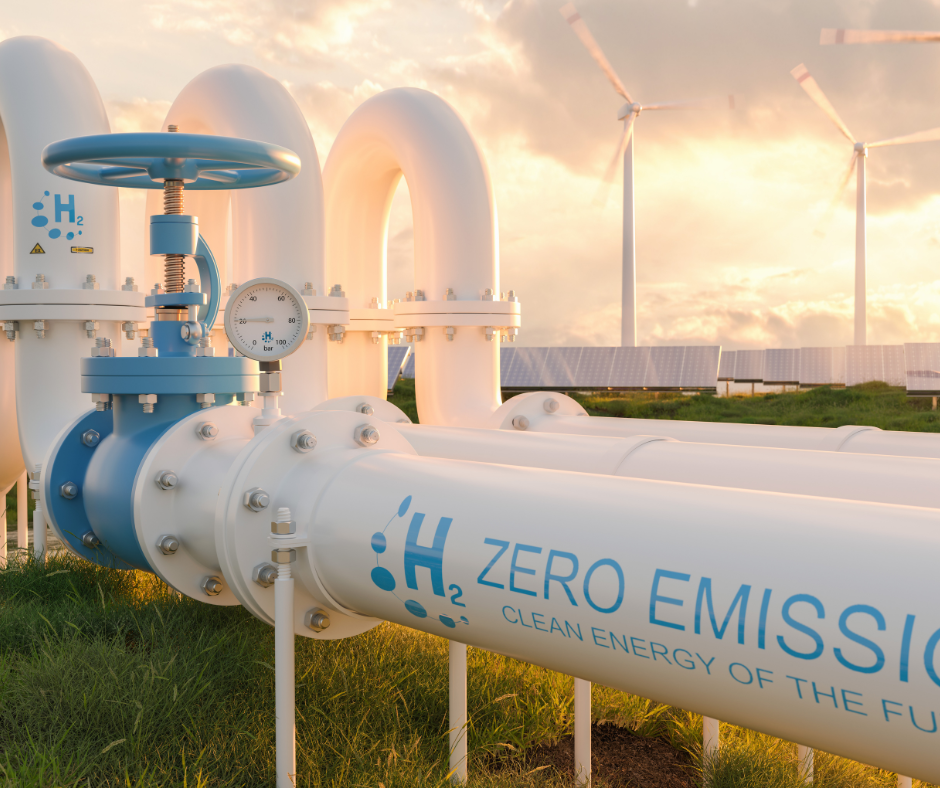Turquoise hydrogen is derived from waste plastic, and Williams said it offers a “sustainable answer” to the problem of unrecyclable plastics that are “too difficult or too expensive2 to recycle, or which struggle to find a secondary market where they’re sold for profit, recycled and reintroduced to the supply chain.
Turquoise hydrogen is said to be halfway between green hydrogen, which is made from wind and solar power, and blue hydrogen, which is made from fossil fuels. Williams added: “The goal for turquoise hydrogen is to bring down its production costs so that it’s affordable.”
‘Stored and reused’
“Hydrogen has numerous advantages over other fuel sources,” said Williams. “Fossil fuels, such as gas, coal and oil, emit large volumes of CO2, whereas hydrogen’s only byproduct is water. Hydrogen can also be stored and reused quickly, unlike batteries and other renewable energy sources.
“However, maximising hydrogen’s considerable potential depends on having in place a clean and cost-effective production method. Research has identified methods that are being applied to produce hydrogen commercially, but their widespread use is still a long way off.
Williams continued, “Several projects are underway to explore the possibility of ‘mining’ hydrogen from plastic waste. For example, the department of materials science and NanoEngineering at Rice University in Texas has developed technology that converts plastic waste into clean hydrogen gas and graphene without any CO2 emissions.”
Scalability
Research last year by Boston Consulting Group found that the price of green hydrogen in Europe is unlikely to fall below five Euros per kilogramme by 2030.
“With the mass rollout of green hydrogen clearly many years away due to price constraints, it’s time to consider alternative solutions that can aid the net zero transition. Solving how to produce turquoise hydrogen in a way that is cost-effective and scalable will put the fuel on a solid, sustainable footing and make it commercially viable as well.”
He concluded: “What’s critical is for government and industry to ensure adequate funding for the companies and researchers working to establish turquoise hydrogen as a viable fuel source. A long-term solution will not only reduce consumption emissions but also drive the circular economy through the sustainable disposal of waste plastics.”











Subscribe for free